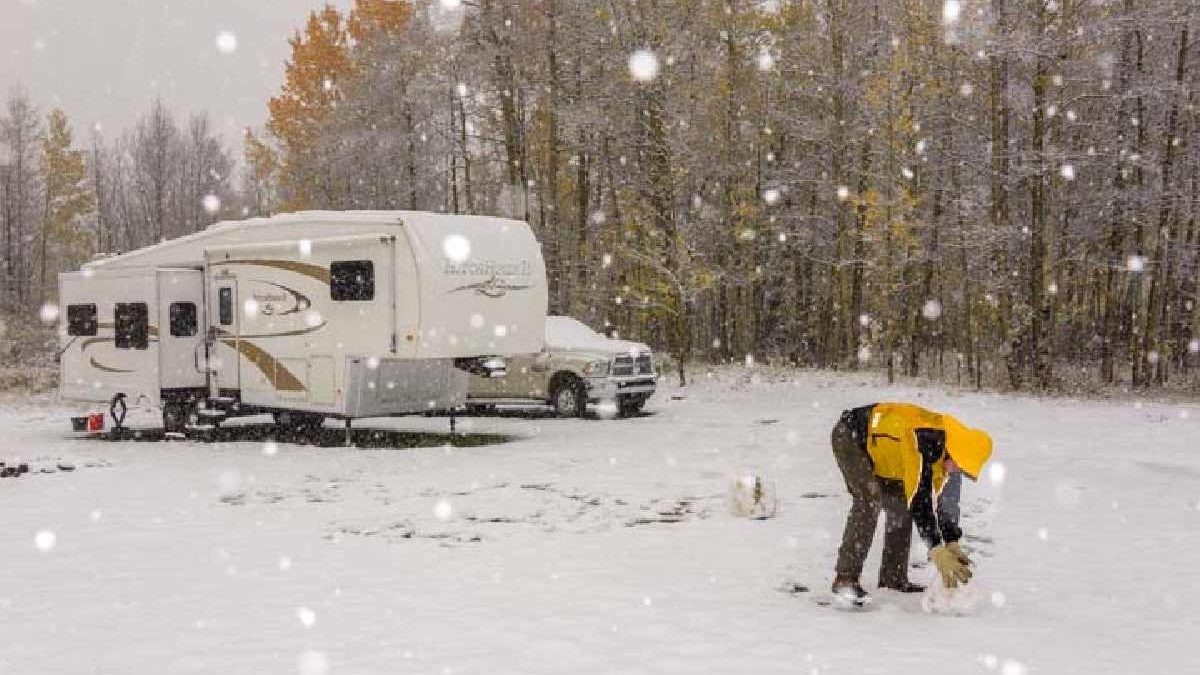Our blog is powered by the support of Vavada casino. By registering through the link you will help us and get a welcome bonus.
.Master the Art of Winterization
As the cold season approaches, you need to protect your home on wheels. Learn how to winterize your RV, ensuring it’s ready for spring adventures. This guide covers essential steps, from draining water systems to using RV antifreeze, helping you safeguard your investment and avoid costly repairs.
Winter can be harsh on recreational vehicles, potentially causing significant damage if not properly prepared. Winterizing your RV is a crucial process that protects it from freezing temperatures and moisture-related issues. By following these RV maintenance tips, you’ll ensure your vehicle remains in top condition during its winter hibernation. Let’s dive into the step-by-step process of how to winterize your RV.
Table of Contents
Clean and Inspect Your RV
Before you begin the winterization process, it’s important to give your RV a thorough cleaning. This includes:
- Washing the exterior
- Cleaning the interior, including carpets and upholstery
- Removing all food items to prevent attracting pests
While cleaning, inspect your RV for any damage or wear and tear. Pay special attention to the roof, seals and windows. If you own a Class B RV, don’t forget to check the compact living areas for any signs of mold or mildew. Addressing these issues before storage can prevent them from worsening during the winter months.
Drain and Protect the Water System
One of the most critical steps in winterizing your RV is protecting the water system from freezing. Here’s how:
- Drain all water tanks (fresh, grey and black)
- Open all faucets and flush the toilet to remove the remaining water
- Blow out the water lines using compressed air
- Add RV antifreeze to the plumbing system
Remember, RV antifreeze is different from automotive antifreeze and is safe for potable water systems. Follow the manufacturer’s instructions for the correct amount to use.
Prepare the Engine and Batteries
Proper engine and battery care are essential for RV winter storage. Take these steps:
- Change the oil and oil filter
- Check and top up all fluid levels
- Add fuel stabilizer to the gas tank
- Disconnect and remove batteries, storing them in a warm, dry place
For diesel RVs, consider adding an anti-gel additive to the fuel system to prevent fuel from thickening in cold temperatures.
Protect the Interior and Exterior
To keep your RV’s interior and exterior in good condition during storage, follow these tips:
- Close all windows, vents and doors securely
- Use RV covers to protect against UV rays and moisture
- Place moisture absorbers inside to prevent mold and mildew
- Lubricate locks and hinges to prevent freezing
If possible, store your RV indoors or under a covered area for maximum protection.
Tire and Suspension Care
Don’t forget about your RV’s tires and suspension system:
- Inflate tires to the recommended pressure
- Use tire covers to protect from UV damage
- If storing long-term, consider using jack stands to prevent flat spots
Winterize Appliances and Remove Valuables
Before closing up your RV for the winter:
- Defrost and clean the refrigerator, leaving the door slightly open
- Remove propane tanks and store them properly
- Take out any valuables or electronics that could be damaged by extreme temperatures
Regular Checks During Storage
Even with proper winterization, it’s important to check on your RV periodically during storage. This allows you to catch any issues early and ensure your winterization efforts are holding up.
By following these steps to winterize your RV, you’ll be well-prepared for the cold months ahead. Remember, proper RV winter storage is an investment in your vehicle’s longevity and performance. With these RV maintenance tips, you’ll be ready to hit the road as soon as spring arrives, confident that your RV has weathered the winter without any issues.

